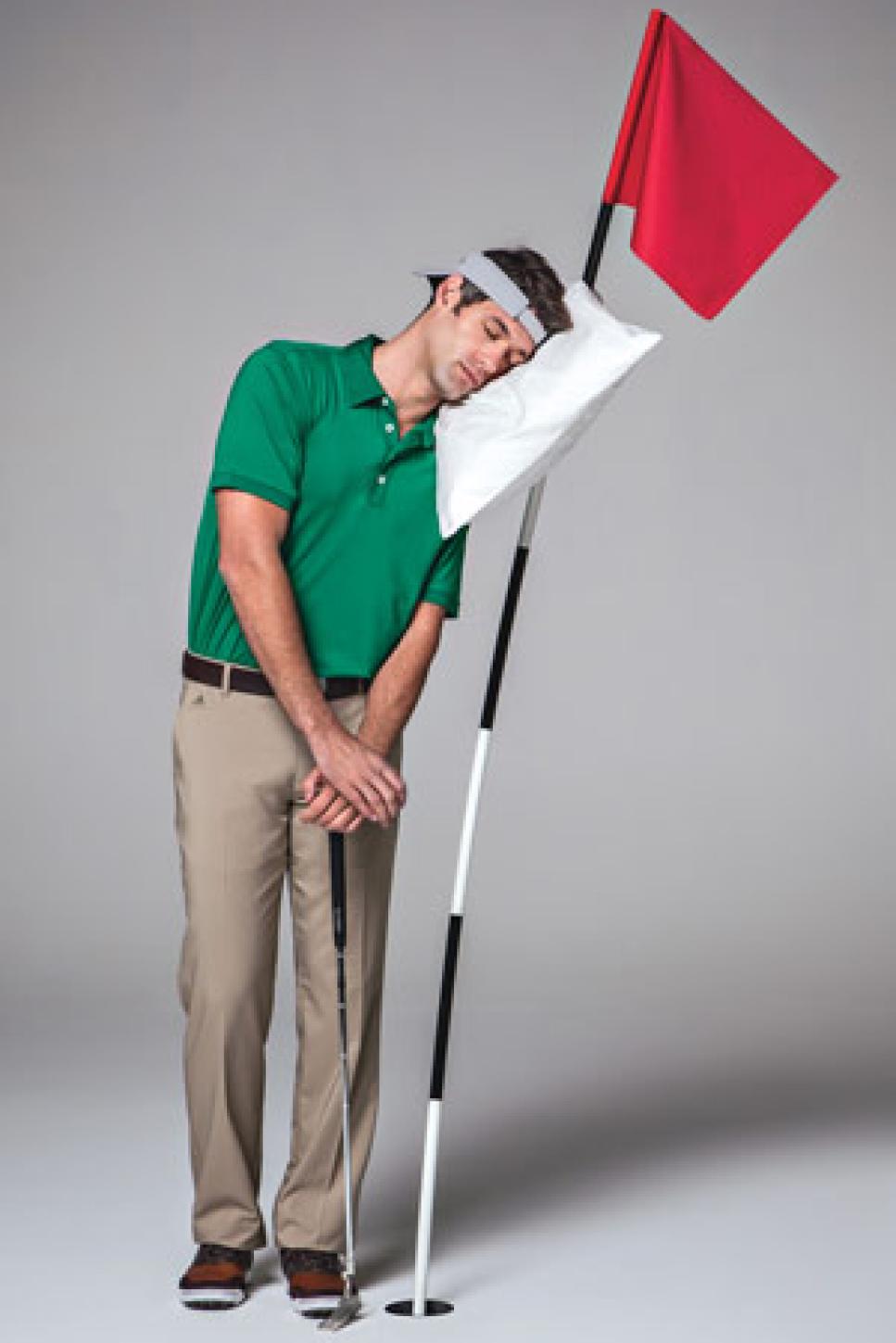Does treating obstructive sleep apnea in golfers improve their handicap? The study by Benton and Friedman suggests that this is the case.1 If true, one could predict that golfers will be flooding to sleep centers in the near future! Most serious golfers (those who actually have a USGA Handicap and play more than 20 rounds a year) will go to enormous lengths to improve their game, such as by purchasing drivers that cost in excess of $400, putters that cost in excess of $200, iron sets that cost in excess of $1000, fairway metals or rescue clubs that can cost in excess of $200 each, and range finders that cost in excess of $200 in addition to paying $40-over $200 to play a round of golf. It is not unreasonable for a serious golfer to have several sets of clubs, the total value of which can reach several thousands of dollars (much more than the cost of a simple CPAP unit). The authors are correct in stating that it is highly likely that motivation to have OSA diagnosed and treated among golfers would rise (possibly even “skyrocket”) if better golf and a lower handicap is one of the results.
If this is true, can it be generalized to other sports? Could improvement in athletic performance be a factor that might encourage patients to have OSA diagnosed and treated? Studies suggest that the prevalence of OSA is high in active2 and retired3 National Football League players and that the retired players also had an increased prevalence of hypertension and obesity. I am not aware that this has been studied in college football or high school football but it seems likely that, especially in lineman, the prevalence of OSA is high. It also seems that if identification and treatment of OSA would significantly improve athletic performance, that the team that did this would have a significant advantage over teams that ignored the issue, and that players in whom OSA was identified and treated would likely enjoy better long-term health. Unfortunately, there are no studies looking at the athletic outcome of treating OSA in other sports.
But are the results of the study by Benton and Friedman too good to be true? Probably. The study is a pilot study and there are significant design errors such as lack of randomization, lack of blinding to condition (subjects and study personnel), small sample size, questionably appropriate control group, and a 50% dropout in the OSAS group (only 12 of 24 in the OSAS group completed the study) and a 30% dropout rate in the control group (only 12 of 17 in the control group completed the study). I think that the best that can be said of this study is that the results are consistent with the hypothesis that diagnosing and treating OSA in golfers improves golfing scores.
But the study is novel and important. Larger and better-designed studies are clearly warranted to investigate the effects of treatment of OSA on athletic performance. If treating OSA improves athletic performance, I am sure that more people would elect to be evaluated and treated. Athletic performance would improve and, more important, long-term health of the athlete would improve.
DISCLOSURE STATEMENT
This was not an industry supported study. The authors have indicated no financial conflicts of interest.
CITATION
Simon RD. Does treating obstructive sleep apnea in golfers improve their handicap? J Clin Sleep Med 2013;9(12):1243.

